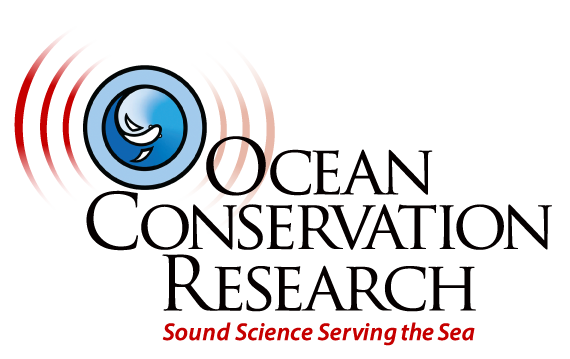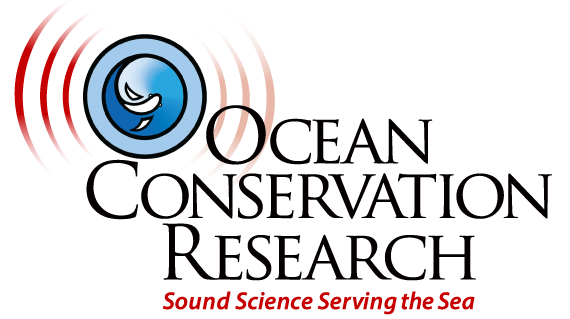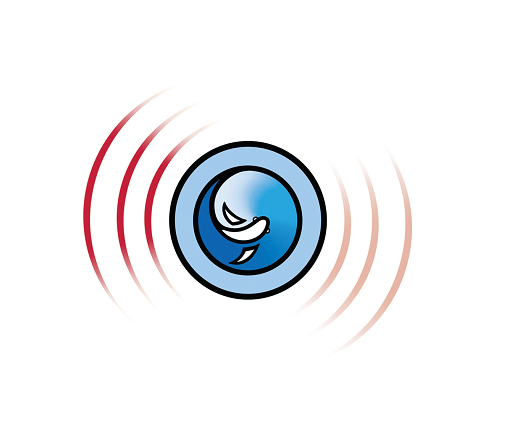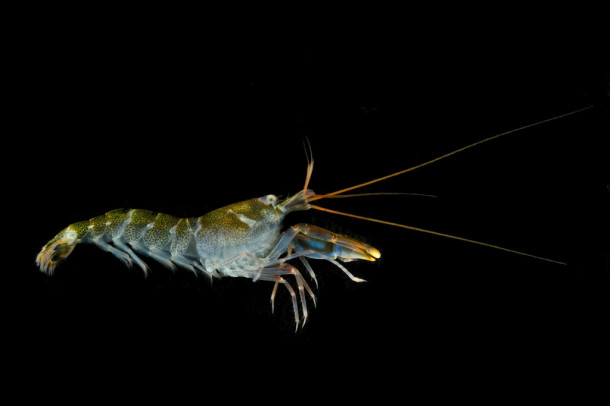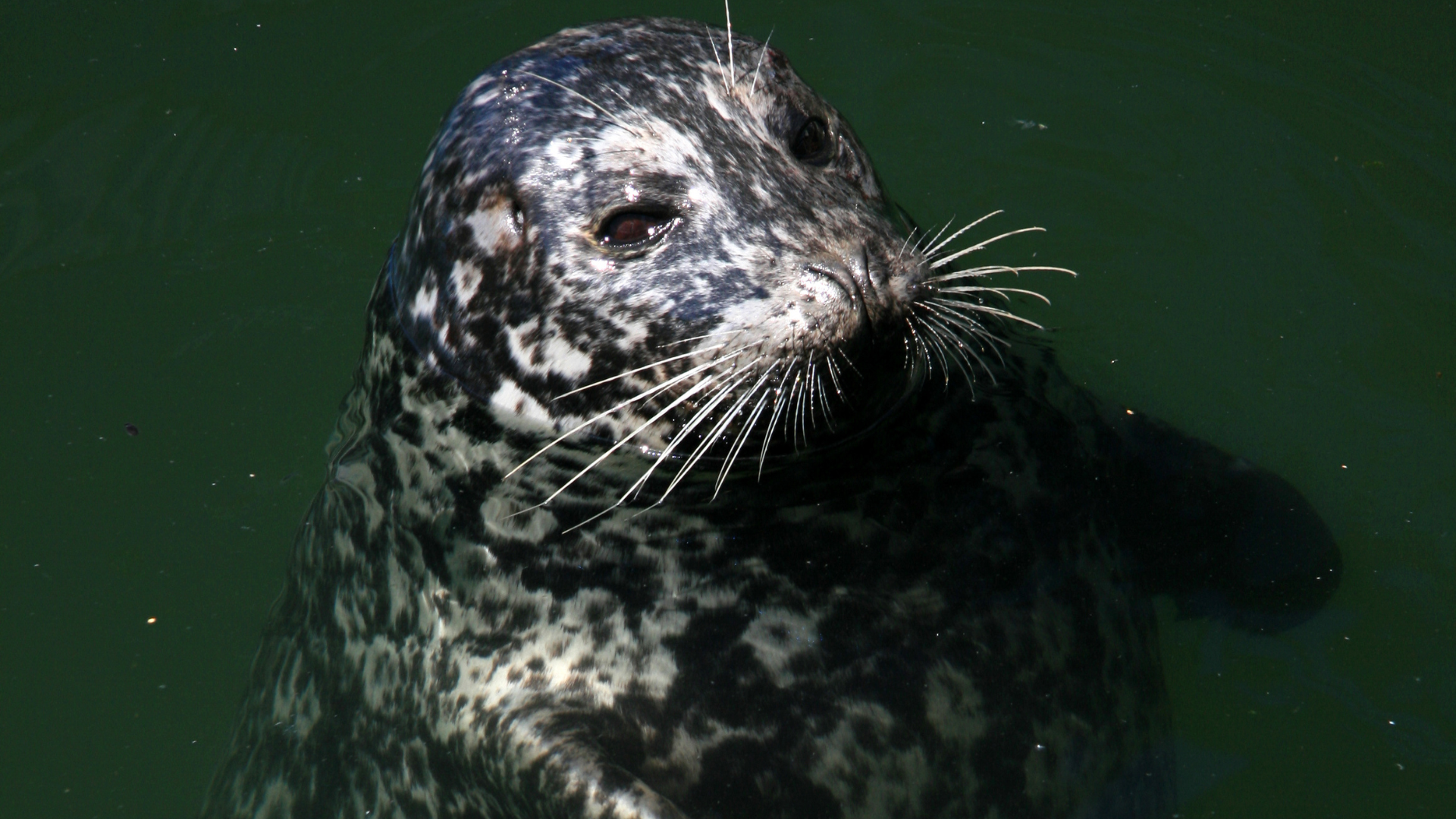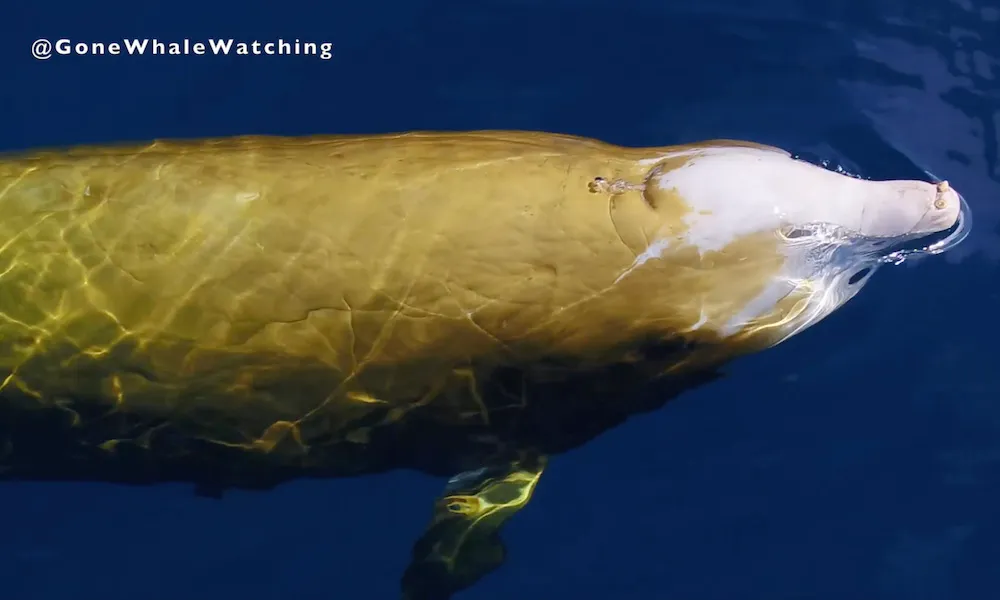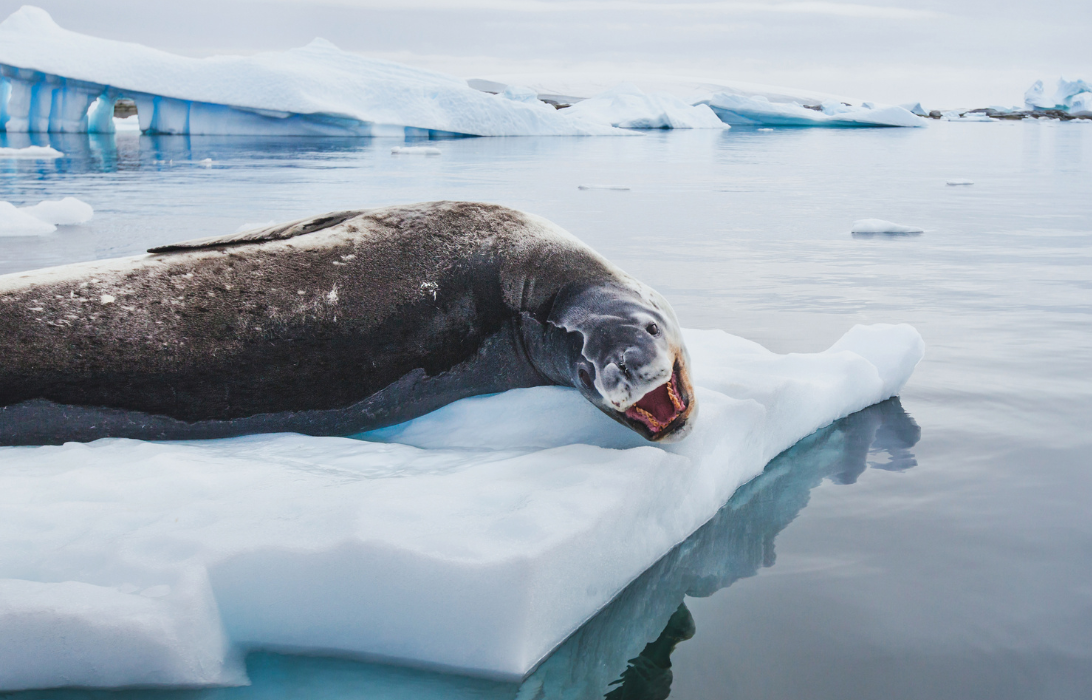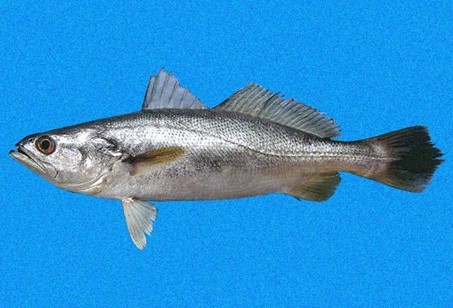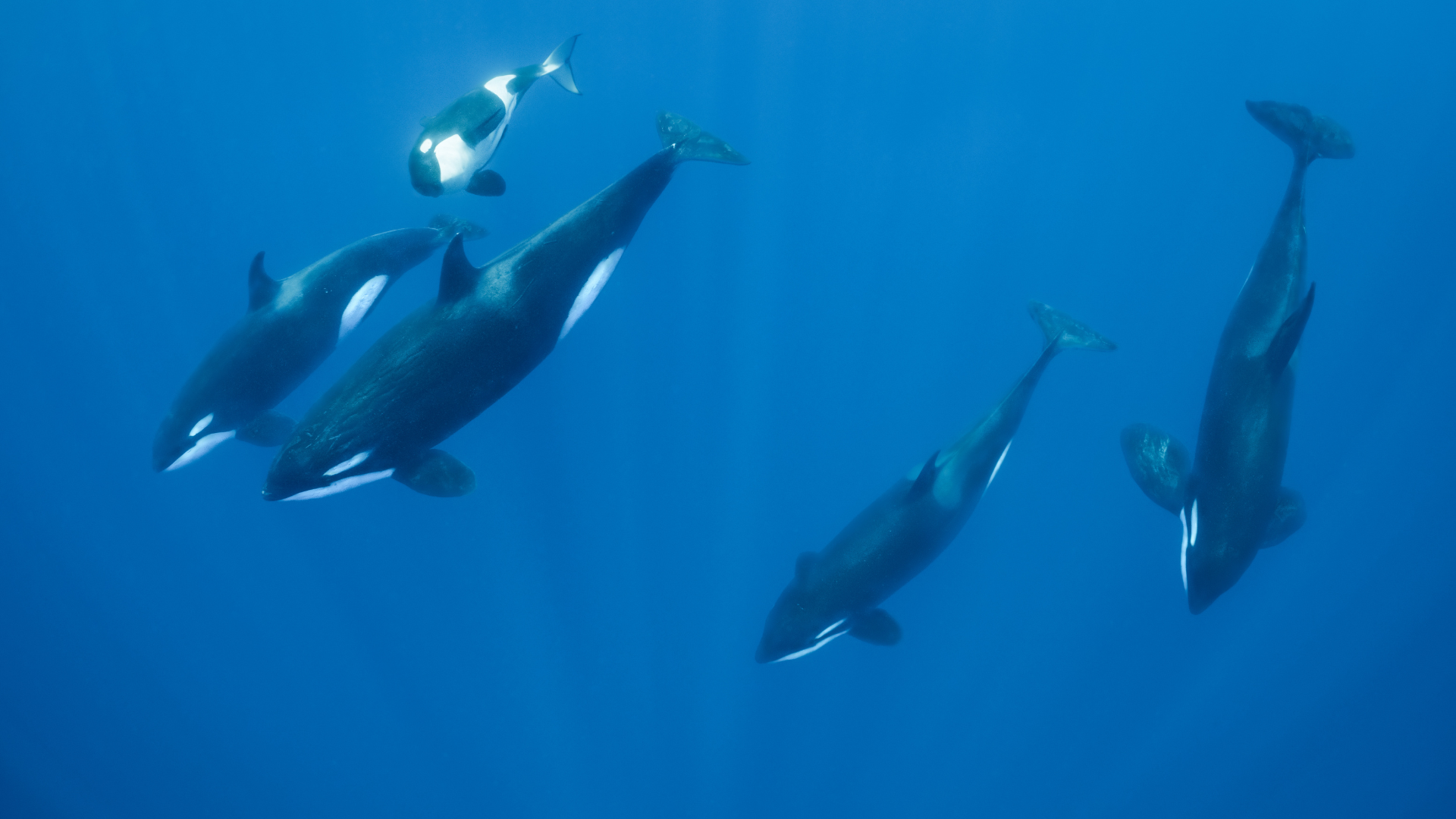LATIN NAME Alpheidae
AKA Pistol shrimp, Alpheid shrimp
LENGTH 3 to 5 cm
WEIGHT Not sufficient information
LIFETIME Not sufficient information
PHYSICAL TRAITS Distinctive for its disproportionately large claw, claw can be on either arm, no pincers, instead there is a pistol-like feature with a “hammer” that snaps and creates a cavitation bubble that is loud enough to stun their prey
BEHAVIOR Can share burrows with goby fish, live in colonies, snaps with claw to stun its prey, the sound can break small glass jars and can interfere with sonar and underwater communication
HABITAT Coral reefs, submerged seagrass flats and oyster reefs
LOCATIONS Worldwide in tropical and subtropical coastal waters
FOOD Small arthropods, zooplankton
PREDATORS Fish
Probably the most ubiquitous sound in shallow temperate waters and thus the curse of all marine life sound recordists is the sound of the snapping or “pistol” shrimp (Cragnon Synalpheus, C. Alpheus). They produce an extremely loud pop (source level 220dB re 1 uPa or 80 kPa at 4 cm). This pop stuns their prey which they can then dismember and eat without further ado.
They live in burrows and can be easily heard as a popcorn or crackling sound anywhere in the coastal ocean where you might submerge your head. Bioacoustician John Potter used this sound as an ‘acoustical illumination’ to resolve shapes underwater. Just as our eyes see light reflecting off of objects allowing us to see them, Dr. Potter speculated that the sound of the shrimp would reflect off of submerged objects allowing sea animals to “see” them in a form of “passive sonar.”
If he is correct, it would explain how nocturnal animals might perceive their surroundings when there is little or no light available. If he is correct it would also indicate that there is something about fish hearing that we don’t have quite right yet, as most fish audiograms indicate that they can’t hear in frequency bands that would allow for this type of ‘acoustical illumination’ perception.
Audiographs
Source: Paul Perkins, NUWC Engineering
